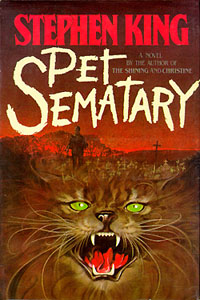

Andy Moog had two important sources of inspiration for tending goal in his life: his father, Don, who was an outstanding amateur goaltender, and his NHL idol, Gump Worsley, whose picture hung in his locker. Although small, the younger Moog had cat-like reflexes, a quick glove hand, a great sense for positional play and an outstanding ability to control rebounds?all of which impressed the scouts. He was drafted out of the Western Hockey League by the Edmonton Oilers in the seventh round of the 1980 Entry Draft. After spending most of his first two seasons in the minors, Moog played the next five years with the Oilers, teaming with Grant Fuhr to lead the club to three Stanley Cup victories. By 1987, however, Moog wanted to play a larger role in the playoffs and was unhappy with an Oilers' contract offer. To reinforce his dissatisfaction, he left Edmonton to join the Canadian National Team where, during the Calgary Olympics, he posted a 4-0-0 mark.


In 1988, his dissention was rewarded with a trade to the Boston Bruins where, for five seasons, he gave the Bruins the goaltending foundation they needed. Teamed initially with Reggie Lemelin, Moog took the Bruins to the Stanley Cup finals. He enjoyed his best year in 1989-90 when he and Lemelin won the Jennings Trophy for allowing the fewest goals-against in the regular season. That year, again, the Bruins returned to the Stanley Cup finals as Moog lead all playoff goaltenders with a pair of shutouts and a 2.11 goals-against average. In 1993, he was traded to the Dallas Stars where, in his first season with the club, he topped the 20-win plateau for the tenth time in his career. Before he was done in the Lone Star State, he'd chalked up his 350th victory and 25th career shutout. In 1997, Moog was traded to the Montreal Canadiens where he played one final season before retiring.






































































































































































0 Comments:
Post a Comment
<< Home